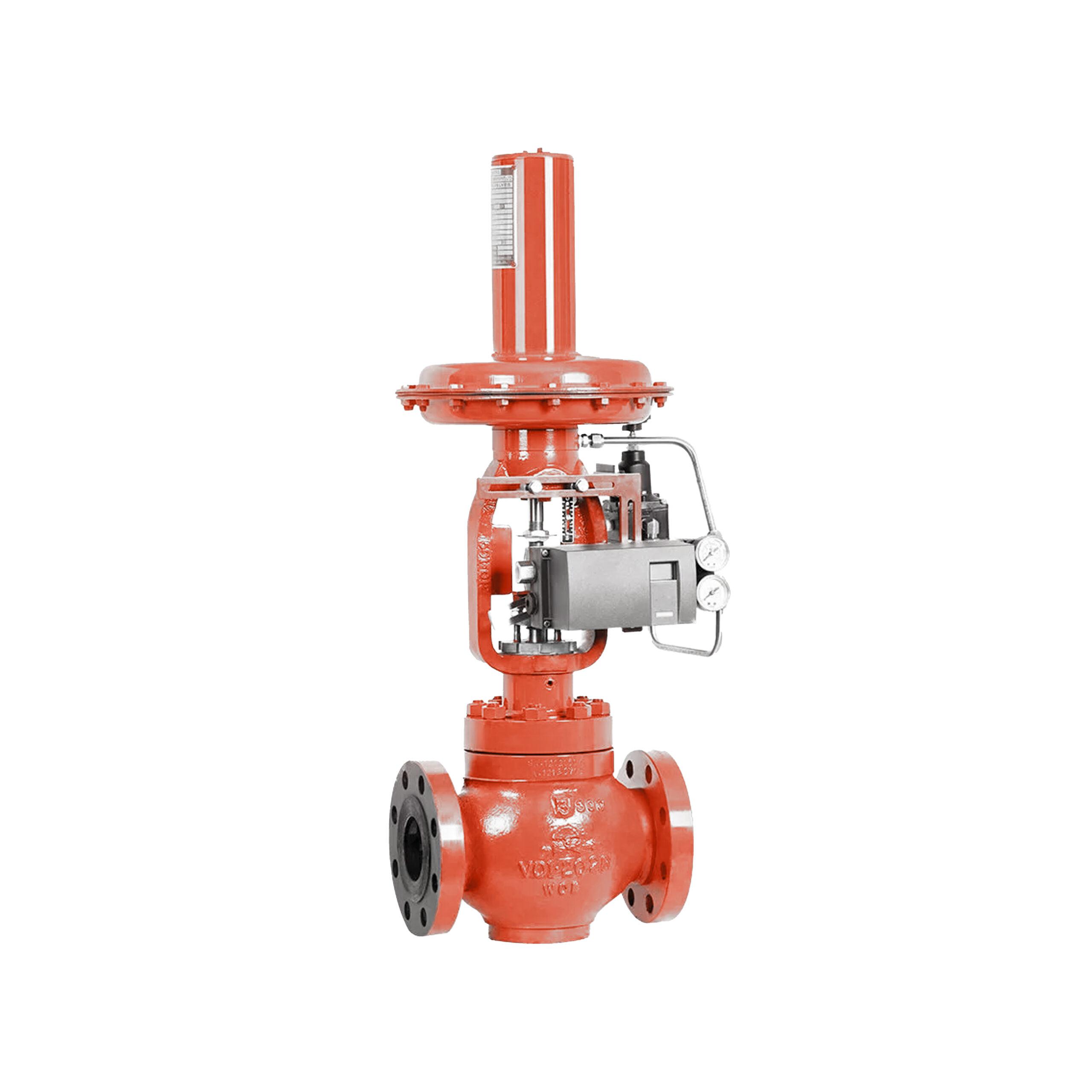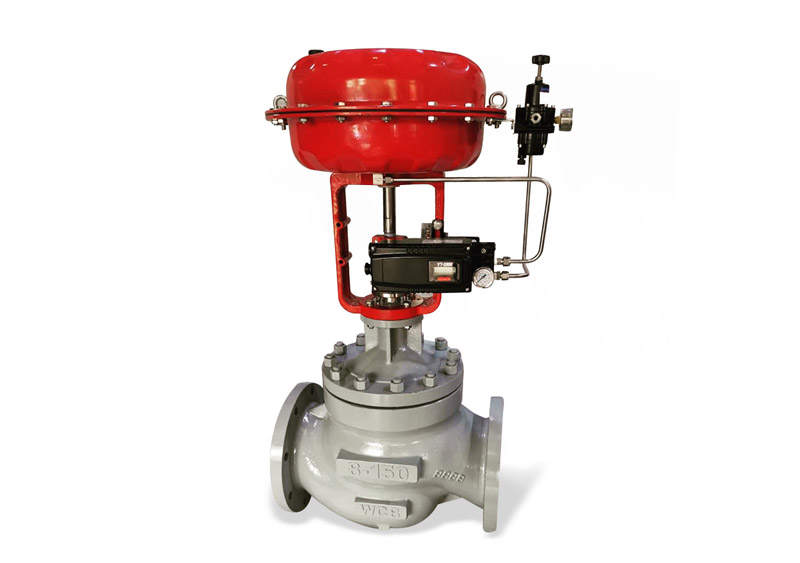How Control Valves Effect Energy Efficiency in Industrial Settings
How Control Valves Effect Energy Efficiency in Industrial Settings
Blog Article

Maximize Power Savings and Convenience With Advanced Building Automation Controls
In the realm of modern architecture and facility monitoring, the assimilation of innovative structure automation manages stands as a crucial improvement. By utilizing the power of automation, buildings can adjust, react, and advance in ways that were as soon as unthinkable.
Energy Performance Benefits
Power performance benefits can considerably reduce power intake and functional expenses in buildings. By applying energy-efficient techniques and modern technologies, building proprietors and operators can attain considerable financial savings while additionally adding to ecological sustainability. One of the main benefits of enhancing energy performance in buildings is the reduction of utility costs. Energy-efficient systems, such as advanced building automation controls, can maximize making use of sources like air conditioning, home heating, and lighting, bring about lower energy expenses in time.
Furthermore, improved power performance can prolong the life expectancy of building equipment and systems. By operating more effectively, cooling and heating systems, light, and various other structure components experience much less deterioration, resulting in decreased maintenance and substitute costs. Additionally, energy-efficient structures frequently regulate greater residential property worths and rental rates, providing lasting economic benefits to owners.
Furthermore, power performance can improve owner comfort and performance. Correctly managed indoor environments with ideal lights and thermal conditions develop a more favorable and enjoyable work area, resulting in enhanced employee fulfillment and efficiency. On the whole, the energy performance advantages linked with advanced structure automation controls are multifaceted, including expense financial savings, environmental stewardship, and passenger health.
Enhanced Comfort Control
Enhancing convenience control in structure settings needs a sophisticated integration of sophisticated automation systems for optimal owner wellness. By utilizing sophisticated structure automation controls, facilities can customize the indoor atmosphere to meet the particular demands and choices of occupants. control valves.
By including these sophisticated controls, structures can not only boost comfort however likewise improve power effectiveness by optimizing system operations based on real tenancy and usage patterns. Inevitably, prioritizing occupant convenience with innovative automation systems leads to an extra pleasurable and healthier interior atmosphere.
Functional Performance Improvements

Furthermore, the implementation of real-time surveillance and analytics tools allows building operators to determine power inadequacies and operational abnormalities immediately. By constantly monitoring power use patterns and system efficiency metrics, changes see this website can be made in real-time to maximize power intake and make certain peak functional efficiency. control valves. Furthermore, integrating demand response techniques right into building automation controls can better enhance operational effectiveness by dynamically readjusting energy use based on grid problems and rates signals
Indoor Climate Optimization
Reliable interior climate optimization is a basic element of building automation controls, ensuring residents' convenience and wellness while making best use of power cost savings. By making use of advanced sensors and controls, developing automation systems can continuously check and change temperature, moisture levels, air top quality, and ventilation to develop an ideal interior environment. Preserving comfortable and constant conditions not only enhances occupant satisfaction however additionally enhances performance and total wellness.
Indoor environment optimization also plays a vital role in energy performance. By fine-tuning cooling, heating, and air flow systems based upon real-time data and occupancy patterns, building automation controls can significantly minimize power intake - control valves. For example, carrying out strategies such as demand-controlled air flow and thermal zoning can help reduce energy waste while ensuring that each area of the structure obtains the needed conditioning.

Sustainable Setting Production
Building automation controls not only enhance indoor climate conditions for power effectiveness and passenger convenience yet likewise lay the foundation for developing a sustainable atmosphere via tactical management of systems and resources. By incorporating innovative structure automation innovations, such as sensing units, actuators, and smart software, facilities can monitor and readjust power usage in real-time to minimize waste and lower their helpful site carbon impact. These systems enable anticipating maintenance, identifying possible concerns before they escalate and enhancing tools efficiency to enhance longevity and performance.
Furthermore, sustainable environment development expands past power administration to incorporate water conservation, waste reduction, and indoor air quality enhancement. Building automation controls can manage water usage, spot leaks, and ensure proper waste disposal practices, adding to overall sustainability efforts. Furthermore, by monitoring and managing air flow and filtration systems, these technologies enhance occupant wellness and performance while decreasing power usage associated with HVAC procedures.
Conclusion
Finally, advanced building automation regulates deal significant benefits in terms of energy cost savings, convenience control, functional performance, indoor environment optimization, and developing a lasting setting. By applying these controls, buildings can attain optimum efficiency while minimizing power consumption and improving occupant comfort. It appears that using innovative automation modern technology is critical in improving structure efficiency and creating an extra sustainable future.
Energy efficiency benefits can considerably decrease energy usage and operational costs in structures. In general, the energy effectiveness advantages linked with innovative building automation controls are complex, including expense savings, ecological stewardship, and passenger wellness.
In addition, integrating demand feedback techniques right into building automation controls can additionally boost operational performance Recommended Reading by dynamically readjusting energy usage based on grid conditions and pricing signals.
Building automation manages not only optimize indoor climate problems for energy effectiveness and occupant comfort but additionally lay the structure for developing a sustainable atmosphere through critical administration of sources and systems.In verdict, progressed building automation manages offer considerable advantages in terms of power savings, comfort control, functional performance, indoor environment optimization, and developing a sustainable setting.
Report this page